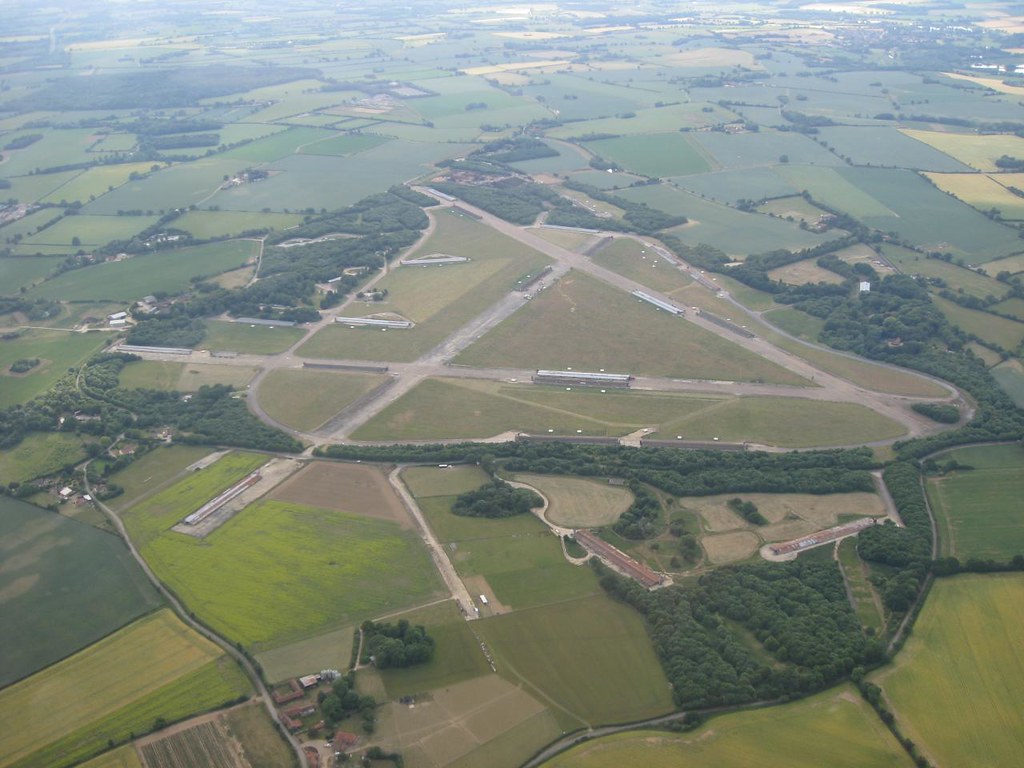 Attlebridge
Attlebridge
Validation date: 26 11 2017
Updated on: Never
Views: 8710
See on the interactive map:
52°41'28"N 001°06'42"E
Runway: 01/19 - 1025m/1400yds/3363ft - concrete
Runway: 08/26 - 1830m/2000yds/6004ft - concrete
Runway: 16/34 - 985m/1350yds/3232ft - concrete
Attlebridge airfield (RAF Attlebridge) was an airfield 155 kilometer northeast of London.
The airfield became operational with 3 runways at 1,220, 1,120 and 1,080 yards length for use by 88 Sqn from August 1941 to September 1942, using Bristol Blenheim IVs and Douglas Bostons in anti-shipping missions and attacks on ports. Although operational, the airfields construction was not complete until August 1942.
From 12 September 1942, the United States Army Air Forces 319th Bombardment Group (Medium), flying Martin B-26 Marauders, began to arrive at Attlebridge from Harding Field, Louisiana. The aircraft assembled here in October and November for training and staging to Algeria, in the Mediterranean theater of operations, where they were assigned to the Twelfth Air Force.
From 30 March 1943, Attlebridge was used by 320 (Dutch) Sqn (Royal Air Force), flying North American B-25 Mitchells. They were joined by 1508 BAT Flt (a Blind Approach Training flight) with Oxfords the following month. The squadron was reassigned to Second Tactical Air Force on 1 June and tasked with attacking enemy communications targets and airfields. 247 Sqn briefly deployed to the station in August to counter Luftwaffe attacks on the coast, but those ended as soon as they began and the Typhoon Ib's were withdrawn. The squadron relocated to RAF Lasham on 30 August 1943 and the BAT flight left that same month.
Attlebridge closed in the fall of 1943 to be rebuilt for the second phase of its existence. Its runways were lengthened and dispersals were laid out as part of the upgrade to Heavy Bomber status.

RAF Attlebridge during the rebuild to a heavy bomber station in June 1942 (Wikimedia)

The rebuilt and completed RAF Attlebridge, photographed on 29 December 1943 (Wikimedia)
Attlebridge was assigned to the 2nd Bomb Wing of the United States Army Air Forces (USAAF) Eighth Air Force and given USAAF designation Station 120. It thus reopened as an American base on 7 March 1944, to be used by the 466th Bombardment Group (Heavy), which arrived from Topeka Army Air Field, Kansas. The Group was assigned to the 96th Combat Bombardment Wing. It carried the group tail code: a red tal with a horizontal white bar and red letter M, on their B-24 Liberators. 466BG(H) had four operational squadrons:





